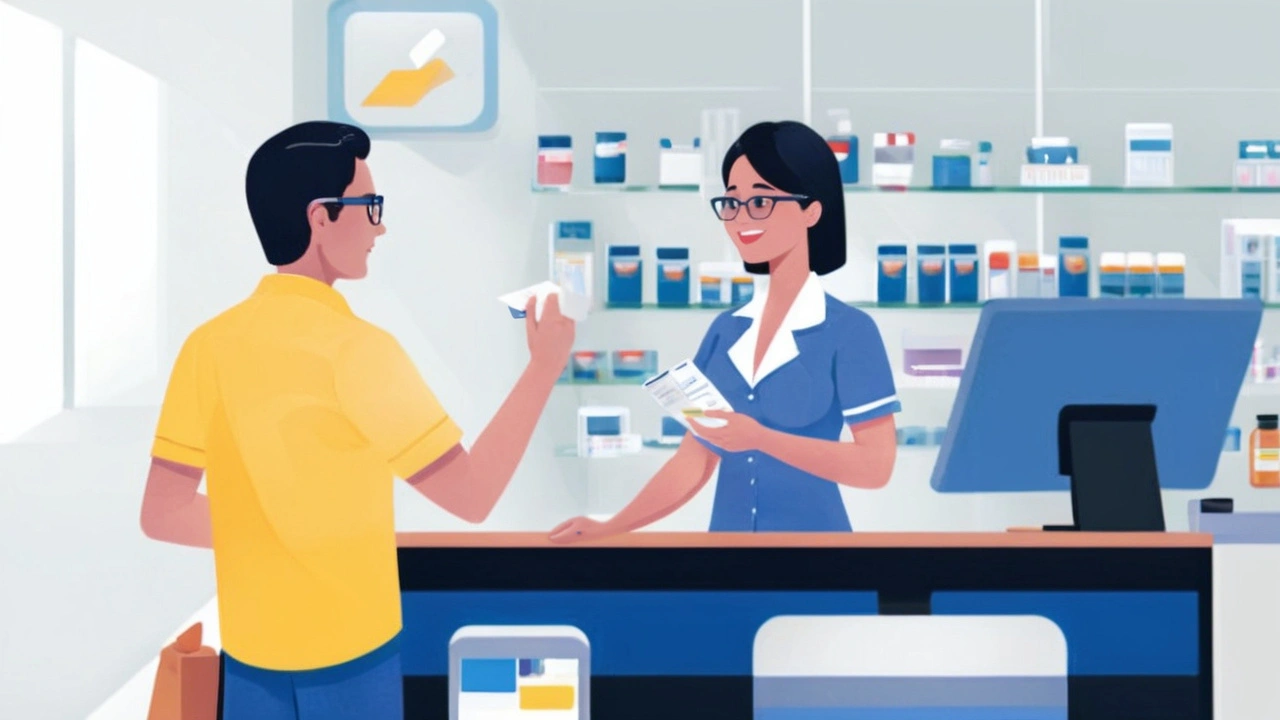Pharmacy technology: safe, smart ways to buy and manage meds
Pharmacy technology isn’t just robots and apps — it changes how you buy, check, and take medicines every day. From online pharmacies and e-prescriptions to barcode checks and telepharmacy calls, tech is making routine care faster and safer when you know what to look for.
How to spot a safe online pharmacy
Want to order meds online? First question: is the site legit. Look for a postal address and a licensed pharmacist you can contact. Real pharmacies ask for a valid prescription when it’s required, show clear pricing, and use HTTPS for payments. Avoid sites that sell controlled or prescription drugs without asking for a prescription.
Check accreditation when you can. In the U.S. that might be a state board or a program like VIPPS; in other countries, look for national pharmacy regulator info. Read recent customer reviews but don’t rely only on star ratings. If a site offers unbelievably low prices on brand-name meds, that’s a red flag.
Practical tools that make taking meds easier and safer
E-prescribing cuts hand-written errors — prescriptions go straight from your doctor to the pharmacy. Many pharmacies use barcode scanning and automated dispensing to reduce mistakes when pills are filled. Those safety steps are behind the scenes but they matter: they catch wrong doses and wrong drugs before they reach you.
Telepharmacy gives you quick access to a pharmacist by video or phone. Use it to check side effects, drug interactions, or how to take a new medicine. If you’re managing multiple drugs, ask a pharmacist for a medication review — tech makes scheduling those reviews easier and often free.
Apps and refill reminders help most people stay on track. Choose apps from reputable pharmacies or well-known health tech companies. Look for features like refill scheduling, pill photos, interaction warnings, and exportable medication lists you can share with your doctor.
Automation can also lower costs. Many pharmacies use electronic inventory, coupons, and generic substitution tools to find cheaper options that are still safe. But remember: cheaper isn’t always better — confirm with a pharmacist that a cheaper alternative has the same active ingredient and dose.
Watch out for privacy. Read the pharmacy’s privacy policy and avoid sites that collect unnecessary personal info. Use secure payment methods and never email photos of your ID without checking how the site stores documents.
Technology in pharmacy is useful if you use it wisely. Ask questions, verify credentials, and use telepharmacy or e-prescribing when available. Those small steps keep your meds effective, your wallet healthier, and your care safer.

Rise in Mail Order Pharmacy Popularity Underscores Challenges Faced by Chain Drug Stores
Mail order pharmacies are gaining traction due to higher customer satisfaction, while chain drug stores face hurdles like long wait times and trust issues. The J.D. Power 2024 U.S. Pharmacy Study highlights this shift towards more convenient pharmacy solutions and the need for chains to improve their operations. Technology and automation are likely to shape the future of pharmacy services.
More Detail